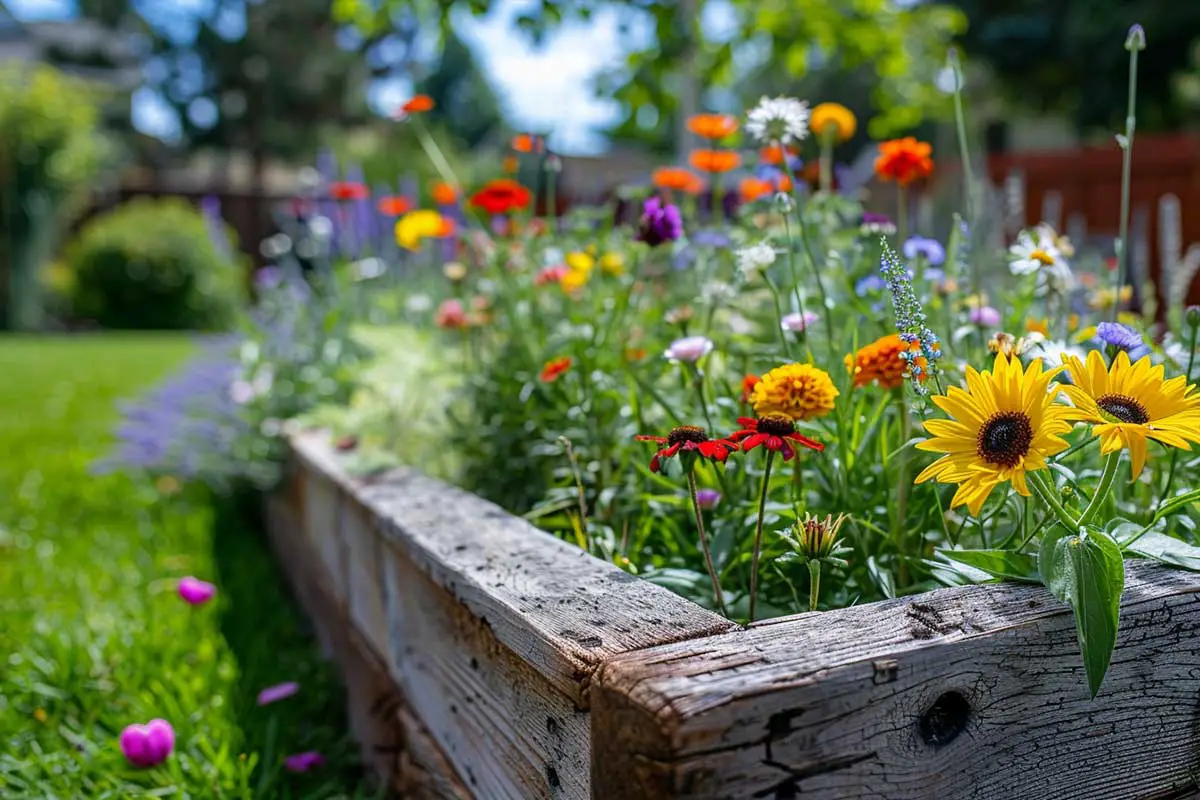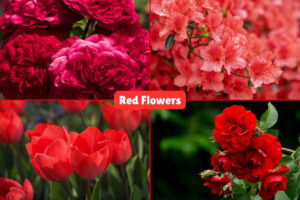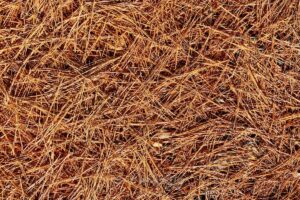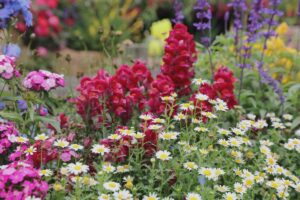This page may contain affiliate links. If you click and buy, we might get a small commission at no cost to you.
Wildflowers bring a burst of color, texture, and biodiversity to any garden, and growing them in an above ground bed offers many benefits. Above ground beds allow for better soil control, improved drainage, and easier maintenance, making them an ideal choice for cultivating wildflowers.
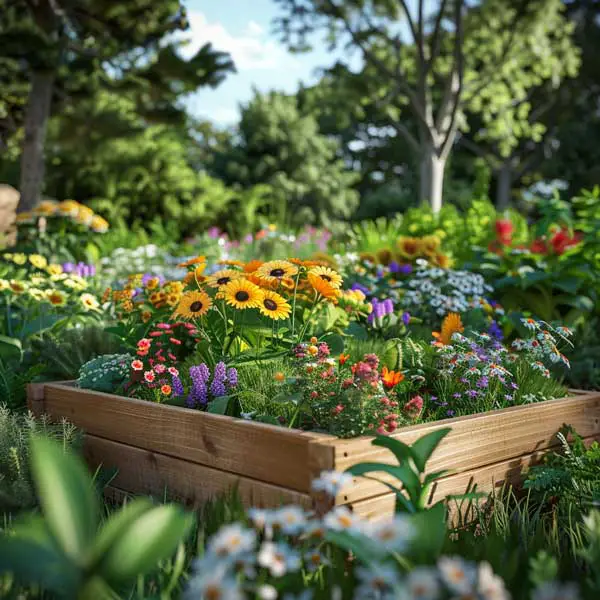
Whether you are an experienced gardener or a beginner, these seven wildflowers are perfect for adding beauty and attracting pollinators to your garden.
1. Coneflowers (Echinacea purpurea)
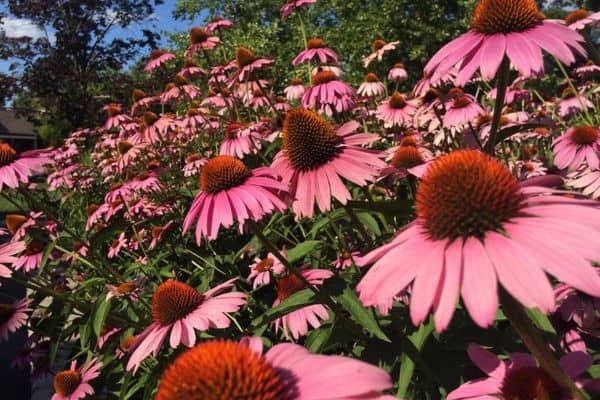
Coneflowers are beloved for their striking purple petals and prominent central cone. These hardy perennials are not only drought-tolerant but also attract a variety of pollinators, including bees and butterflies. Known for their medicinal properties, coneflowers are a versatile addition to any garden. Plant them in full sun to partial shade and enjoy their vibrant blooms from summer to early fall.
2. Sunflowers (Helianthus annuus)

Sunflowers are iconic for their tall, bright yellow flowers and large seed heads. These annuals are easy to grow and can reach impressive heights, adding vertical interest to your garden. Sunflowers thrive in full sun and well-drained soil, making them perfect for above ground beds. Besides their stunning appearance, they attract pollinators and provide seeds for birds, adding ecological value to your garden.
3. Zinnias (Zinnia elegans)

Zinnias are a gardener’s favorite for their wide range of vibrant colors and long blooming season. These annuals are low maintenance and can thrive in various soil types, making them ideal for above ground beds.
Zinnias attract butterflies and make excellent cut flowers for bouquets. Plant them in full sun and enjoy continuous blooms from late spring to the first frost.
4. Lavender (Lavandula)

Lavender is cherished for its fragrant purple flowers and silver-green foliage. This perennial not only adds beauty to your garden but also repels pests and attracts beneficial insects.
Lavender thrives in full sun and well-drained soil, making it suitable for above ground beds. Its versatility extends to culinary and medicinal uses, adding further value to this delightful plant.
5. Black-eyed Susans (Rudbeckia hirta)
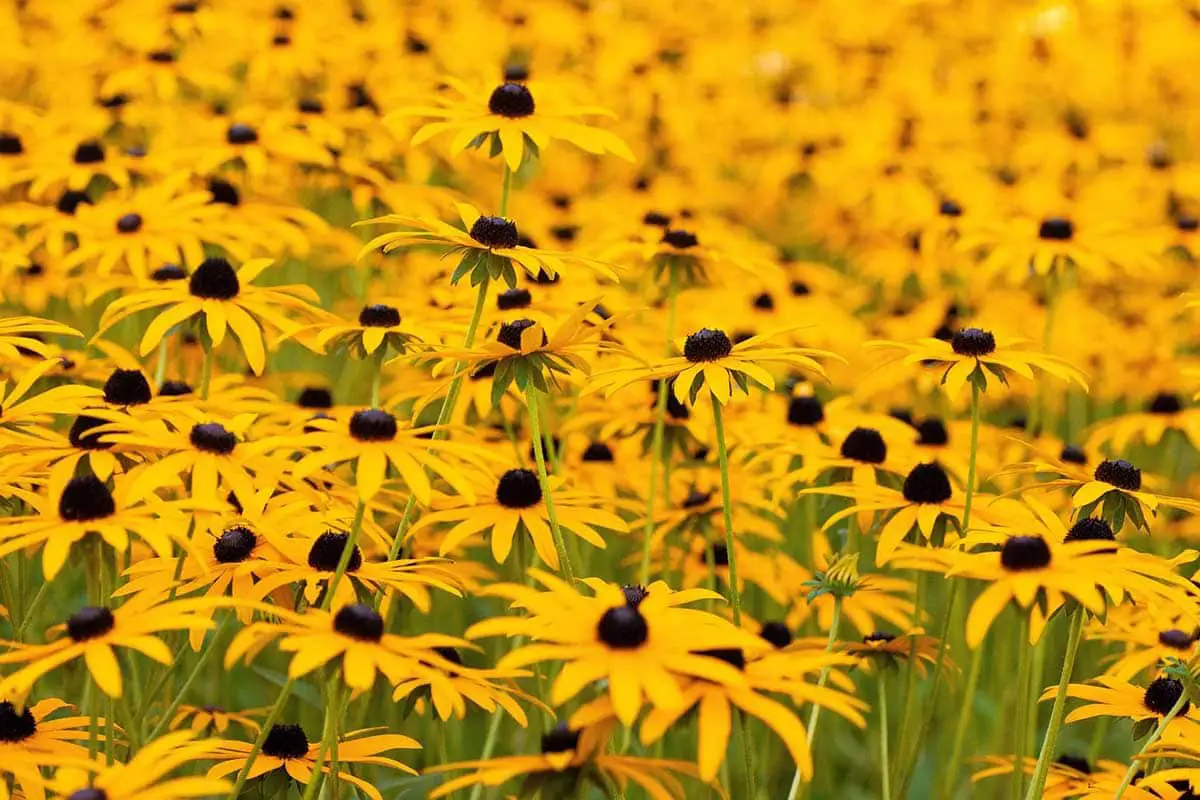
Black-eyed Susans are known for their bright yellow petals and dark centers, resembling daisies. These hardy perennials are easy to grow and drought-tolerant, making them perfect for low-maintenance gardens.
Black-eyed Susans thrive in full sun and attract a variety of pollinators, including bees and butterflies. Their cheerful blooms can brighten up any garden from mid-summer to fall.
6. Shasta Daisies (Leucanthemum × superbum)
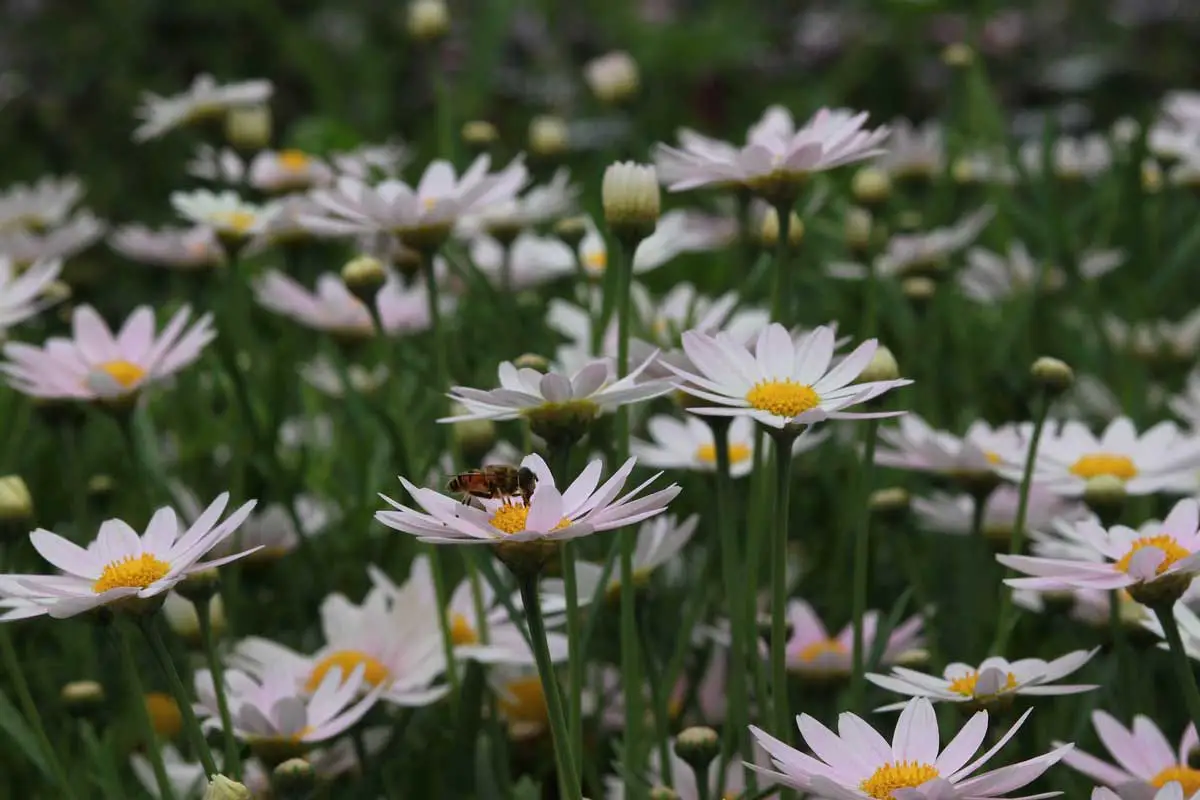
Shasta daisies are classic garden favorites with their white petals and yellow centers. These perennials have a long blooming season and are easy to grow, making them perfect for above ground beds.
Shasta daisies prefer full sun and well-drained soil. They attract pollinators and add a timeless charm to any garden setting, blooming from early summer to fall.
7. Coreopsis (Coreopsis spp.)

Coreopsis, also known as tickseed, features cheerful yellow flowers that bloom profusely throughout the summer. These perennials are adaptable to various soil types and are drought-tolerant, making them low-maintenance and ideal for above ground beds. Coreopsis attracts bees and butterflies, adding ecological benefits to their visual appeal. Plant them in full sun for the best display of blooms.
